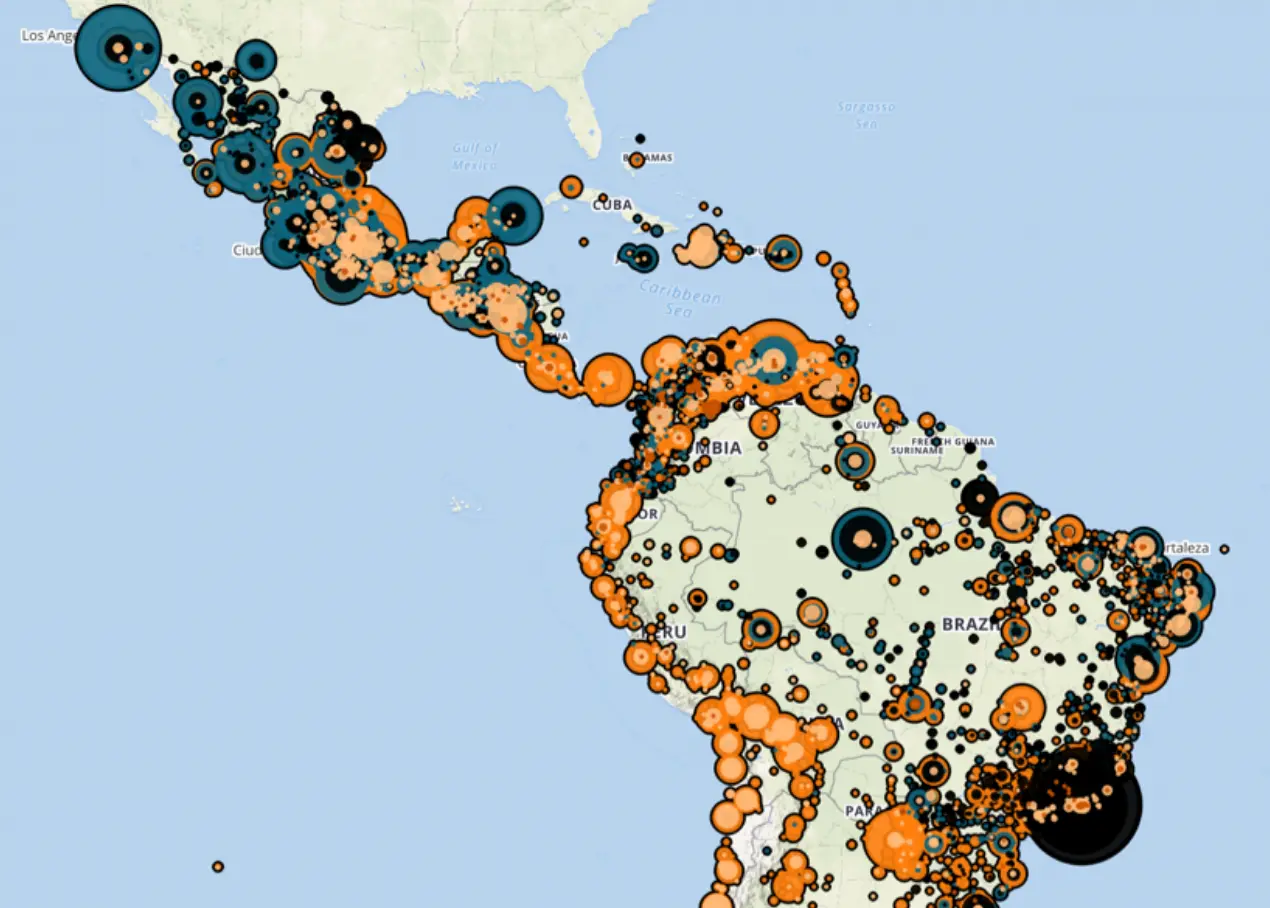The World Bank asserts that digital connection is essential for Latin America, offering solutions to slow growth and public unrest.
Online government services have cut costs. Plus, successful new companies mainly work online. The Internet has also improved health and education, especially during COVID-19.
A firm called Atlántico reveals interesting data. Internet use in the region has jumped from 43% to 78%.
This is even better than China’s growth from 42% to 74%. However, rich countries moved from 75% to 90%. This digital shift has improved shopping, business, and online banking.
Most homes in Latin America have stable internet. This helps with work video calls and online learning.
But there’s a problem: not everyone is connected. In cities, 74% of homes have internet. In rural areas, it’s only 42%.
Countries like Peru and Bolivia struggle more because of their difficult landscapes. People are also unhappy with internet quality.

In Latin America, 55% of connected homes say the service is poor. This problem is worse in Peru, Haiti, Bolivia, Guyana, and Colombia.
People in Brazil spend about 9.3 hours online each day. Colombia, Chile, and Argentina follow closely.
But the World Bank reminds us that the internet is not enough. People must know how to use it to make the most of it.
Lastly, Latin America still faces big challenges. Remote areas lack good internet. Many people can’t afford to connect.
And more investment in software and training is needed. Even with these issues, the World Bank is hopeful. It predicts a 2% growth for the region in 2023.
Broadband Internet Access Across LatAm Countries
- Brazil 77%
- Chile 74%
- Argentina 70%
- Ecuador 70%
- Average LatAm 67%
- Belize 67%
- Uruguay 65%
- Mexico 65%
- Costa Rica 65%
- Guyana 64%
- Dominican Republic 56%
- Colombia 56%
- Bolivia 55%
- Panama 51%
- Peru 49%
- Paraguay 46%
- El Salvador 43%
- Honduras 40%
- Guatemala 31%
- Nicaragua 25%
- Haiti 6%
The Fast and the Slow
Broadband access varies greatly across Latin America. In some nations, rapid digital expansion is evident, like in Brazil, Chile, and Argentina.
Others lag behind, particularly countries like Nicaragua and Haiti. The LatAm average provides a middle-ground perspective but hides these disparities.
Countries like Belize and Uruguay are smaller but show promising growth. Mexico and Costa Rica are keeping pace with mid-level access rates.
Still, nations like the Dominican Republic, Colombia, and Bolivia have considerable room for improvement.
Countries such as Panama, Peru, and Paraguay are catching up but at a slower rate. Lastly, El Salvador, Honduras, Guatemala, Nicaragua, and Haiti have the lowest access rates.
While the chart provides current data, it’s important to remember that this is a dynamic field. Improvements are ongoing, driven by both public and private investments.
The push for universal access has been a longstanding goal, emphasized more by the pandemic.
Yet, historical underinvestment in rural areas hinders progress. The urban-rural divide, rooted in history, still influences broadband access today.
Closing this gap is more than a technical challenge; it’s a step toward social equality.

